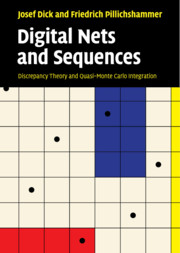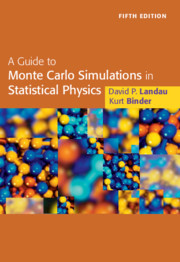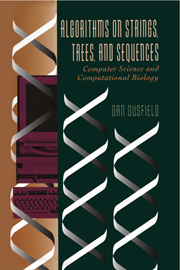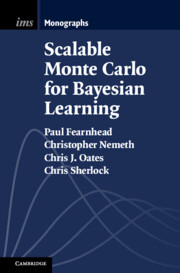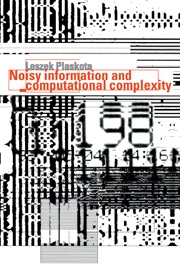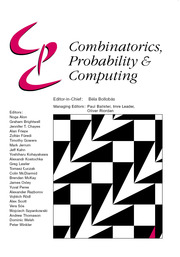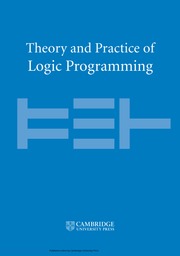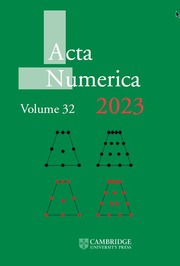Digital Nets and Sequences
Indispensable for students, invaluable for researchers, this comprehensive treatment of contemporary quasi-Monte Carlo methods, digital nets and sequences, and discrepancy theory starts from scratch with detailed explanations of the basic concepts and then advances to current methods used in research. As deterministic versions of the Monte Carlo method, quasi-Monte Carlo rules have increased in popularity, with many fruitful applications in mathematical practice. These rules require nodes with good uniform distribution properties, and digital nets and sequences in the sense of Niederreiter are known to be excellent candidates. Besides the classical theory, the book contains chapters on reproducing kernel Hilbert spaces and weighted integration, duality theory for digital nets, polynomial lattice rules, the newest constructions by Niederreiter and Xing and many more. The authors present an accessible introduction to the subject based mainly on material taught in undergraduate courses with numerous examples, exercises and illustrations.
- Clear exposition includes end-of-chapter exercises, numerous examples and illustrations
- Assumes only basic prerequisites
- Ideal for self-study or advanced undergraduate courses, and great as a reference
Reviews & endorsements
"It will give readers the confidence that their estimates of variance are tractable, and they can therefore use quasi-Monte Carlo (QMC) integration to do the software engineering tradeoff analysis that is critical to professional software project management and architecture. This textbook--and believe me, it is a textbook--will lead students to a deep understanding of the potential errors that can be expected."
Larry Bernstein, Computing Reviews
"This book provides a self-contained and comprehensive exposition of one of the most attractive techniques for numerical integration, the so-called quasi-Monte Carlo (QMC) rule. As well-known specialists in the field, the authors have made a tour de force to include, systematize, and unify their achievements and an impressive number of results of other people. By introducing the concepts and methods in an accessible and intuitive form, the authors have provided a useful book that is accompanied by a lot of illustrative examples, graphics and applications."
Petru P. Blaga, Mathematical Reviews
Product details
October 2010Hardback
9780521191593
618 pages
254 × 180 × 35 mm
1.2kg
45 b/w illus. 260 exercises
Available
Table of Contents
- Preface
- Notation
- 1. Introduction
- 2. Quasi–Monte Carlo integration, discrepancy and reproducing kernel Hilbert spaces
- 3. Geometric discrepancy
- 4. Nets and sequences
- 5. Discrepancy estimates and average type results
- 6. Connections to other discrete objects
- 7. Duality Theory
- 8. Special constructions of digital nets and sequences
- 9. Propagation rules for digital nets
- 10. Polynomial lattice point sets
- 11. Cyclic digital nets and hyperplane nets
- 12. Multivariate integration in weighted Sobolev spaces
- 13. Randomisation of digital nets
- 14. The decay of the Walsh coefficients of smooth functions
- 15. Arbitrarily high order of convergence of the worst-case error
- 16. Explicit constructions of point sets with best possible order of L2-discrepancy
- Appendix A. Walsh functions
- Appendix B. Algebraic function fields
- References
- Index.

